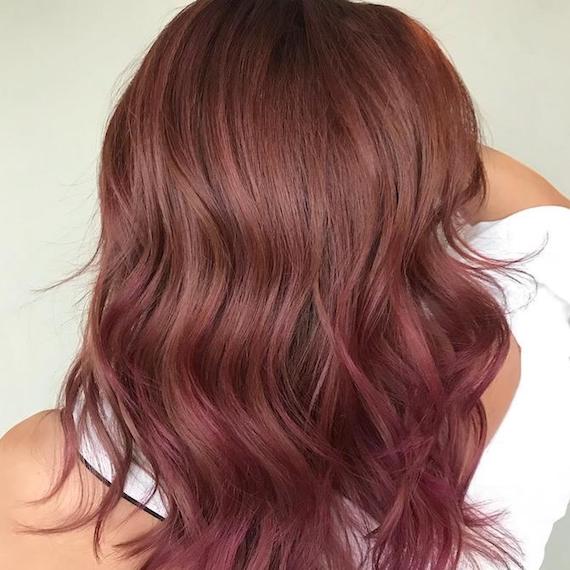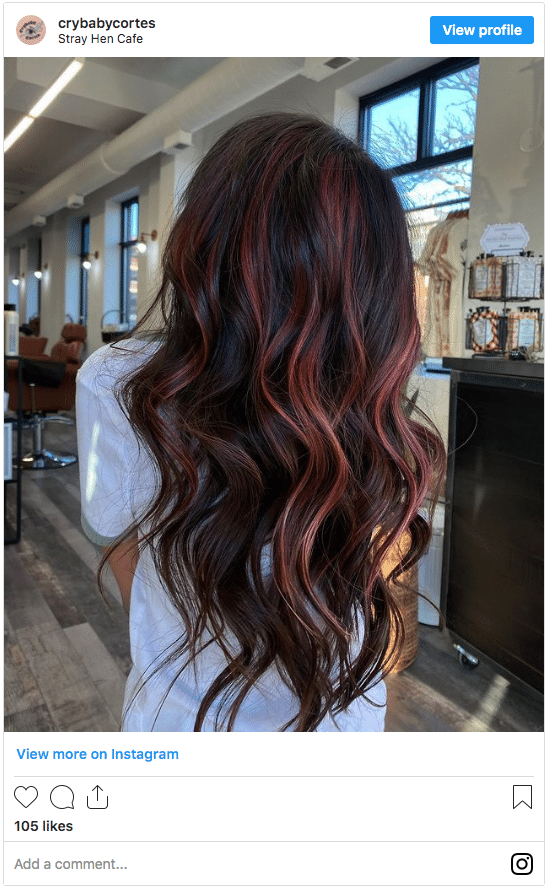

While simple, this gives less control over how the final shade will turn out. In this case, use a natural dark blonde dye to return the missing red and yellow to your hair and produce a neutral base that is easy to dye over.Īlternatively, the easiest method you can use is to apply a natural light brown dye, either alone or mixed with 25–50% of your exact desired shade. There is also another way to go about this process, and you can use a natural shade (also known as a neutral shade) to add balanced color back into your hair prior to dyeing it darker. Return the missing gold and copper tone to your hair and your light brown hair color will dye properly.

Without the missing gold tone, a lot of red shades end up a bright magenta color, and golden shades look dull.

This should be added back into the hair before dyeing your hair light brown, especially if you're using a red shade. If your blonde hair is anything between a level 8–10 however, it is also missing a lot of gold tone too. If you wanted a natural shade, for example, you would be better off using an ash or natural ash blend to reach your desired color. If you simply use the exact color you want, it will end up warmer than your desired shade.Ī slightly cooler shade is required to neutralize this underlying warmth. The reason for this is that when you lighten your hair, the warm base color underneath is revealed. You should also be using a shade that is slightly cooler than your desired result.


 0 kommentar(er)
0 kommentar(er)
